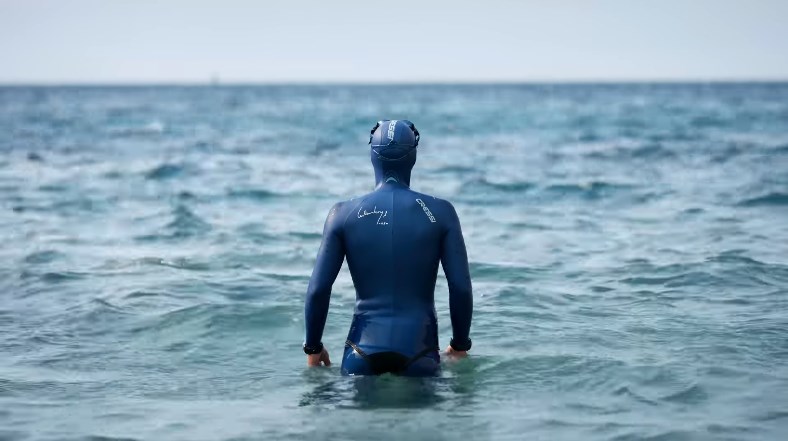Freediving is the most widespread and oldest form of diving. Historically, people get into such ventures in search of food, shells, or to explore submerged objects.
The basis remained the same over the millennia, one deep breath on the surface and exploration of the underwater world could begin. The need for a new breath interrupts the underwater time and forces the diver to return to the surface. To enjoy the colors and the living world below the surface, only a diving mask is necessary. Moving through the water is facilitated by fins, and breathing on the surface with the snorkel. In colder surroundings or in the case of longer stays in the water, a neoprene suit is used.
As the amount of oxygen in the body is limited and decreases when we are not breathing, in order to prolong our stay under the sea, oxygen consumption should be “economical”.
Here are some guidelines to preserve more oxygen underwater:
- Before diving, all muscles should be completely relaxed in order to get as much fresh oxygen-rich blood as possible. Floating on your stomach can be a good choice to relax all your muscles.
- Dive after exhaling the “old” air from the lungs and inhale the maximum amount of new air
- At the beginning of the dive, a hand swing is used, in order to “flail” the fins on the surface as little as possible and thus consume energy and oxygen
- After that, the hands are held against the body which should be as stretched as possible in order to reduce the resistance to movement through the water.
- Pay attention to the technique of waving the fins which must be measured as well as to the movements under the sea which is the best to be relaxed.
- When emerging, excess air can be easily inhaled from the mask through the nose (it is created by reducing the ambient pressure, and the air in the mask expands) – it otherwise “leaks” from the mask in the form of bubbles.
In addition to recreational freediving, there are two other categories:
Competitive freediving and spearfishing, for which, besides basic equipment (mask, snorkel, and fins), specific equipment is used, such as monofin, long neoprene suits, underwater rifle, etc.
- Read our guidelines for safe spearfishing here.
Such activities require good psychophysical preparation, and more detailed education on the physiology of freediving, specific dangers, injuries, and knowledge of first aid is advised.
Although seemingly simple, freediving is potentially a very dangerous sport. One of the most dangerous things a freediver can do is forced breathing (hyperventilation of the lungs) before diving. By doing so, the diver manages to “trick” his body because the desire to breathe occurs much later and he gets the feeling that he can stay underwater for a long time. This is the most common cause of drowning of freedivers, as the diver fails to return to the surface before fainting due to a lack of oxygen in the blood.
For your own safety when freediving, you should always dive in pairs. While one diver is underwater, the other follows him from the surface to a safe ascent. To be more noticeable to boats passing nearby, freedivers must have a diving buoy with them.
Thanks for reading!

Simply wanna input that you have a very nice website, I enjoy the pattern it really stands out 🙂